在消费级口腔护理设备领域,表面老化通常被视为美观或耐用性方面的担忧。然而,光衰——尤其是嵌入式UV-LED或指示灯的光衰——可能会引发更严重的生物反应。过敏性皮炎就是这样一种被忽视的并发症,这种皮肤反应可能从轻微的刺激升级为紧急情况。对于制造商来说,这提出了一个亟待解决的问题:这种关联真的存在吗?以及如何通过设计、测试和材料选择来预先解决这个问题?
光衰减是指集成光源的强度或光谱稳定性随时间的逐渐降低,尤其是在使用以下器件的设备中:
随着光源的衰减,它们可能会发射不稳定的波长或产生局部热量,这两者都会改变材料表面或涂层,导致潜在的过敏原释放或皮肤刺激。
过敏性皮炎是皮肤接触某些化学物质或降解化合物后引发的免疫反应。就降解轻元素而言,风险可能源于:
虽然并非所有使用者都敏感,但皮肤状况较差或长期接触者尤其容易受到影响。发红、瘙痒或肿胀等早期症状可能不易察觉,直到症状恶化。
对于注重可靠性的 B2B 合作伙伴来说,集成一套用于检测光组件光谱漂移的系统是一项关键的预防措施。这包括:
如果设备的光衰减曲线与已知的过敏反应范围相交,则重新设计并非可有可无,而是必须的。公司网站:https://www.powsmart.com/product/electric-toothbrush/
一些隐藏的设计因素可能会增加光诱发皮炎的可能性,例如:
特别是在手持式或易接触的部件中,设计疏忽可能会悄然升级为健康危害。
为了减少因光衰引起过敏性皮炎的可能性,OEM 和 ODM 应评估:
材料科学和外壳设计必须协调配合,以确保光的好处不会变成生物风险。
一次过敏性皮炎报告(特别是与已知的光衰问题有关)可能会引发:
通过严格的测试、透明的供应商可追溯性和主动的设计验证进行预防不仅具有成本效益,而且还能保护品牌。
虽然光衰在早期设计阶段经常被忽视,但它不仅仅是一个硬件问题,更是一个潜在的健康隐患。当它导致过敏性皮炎时,必须采取迅速、科学且系统性的应对措施。对于致力于长期客户满意度和合规性的制造商来说,在这方面保持警惕将大有裨益。联系Kiwibird
-300x300.jpg)
-300x300.jpg)
Does Teeth Whitener Cold Light Radiation Accelerate Enamel Demineralization? Lab Results Revealed!
.jpg)
Did you know a magnetic-levitation sonic motor can deliver 31,000 powerful cleaning strokes per minute?
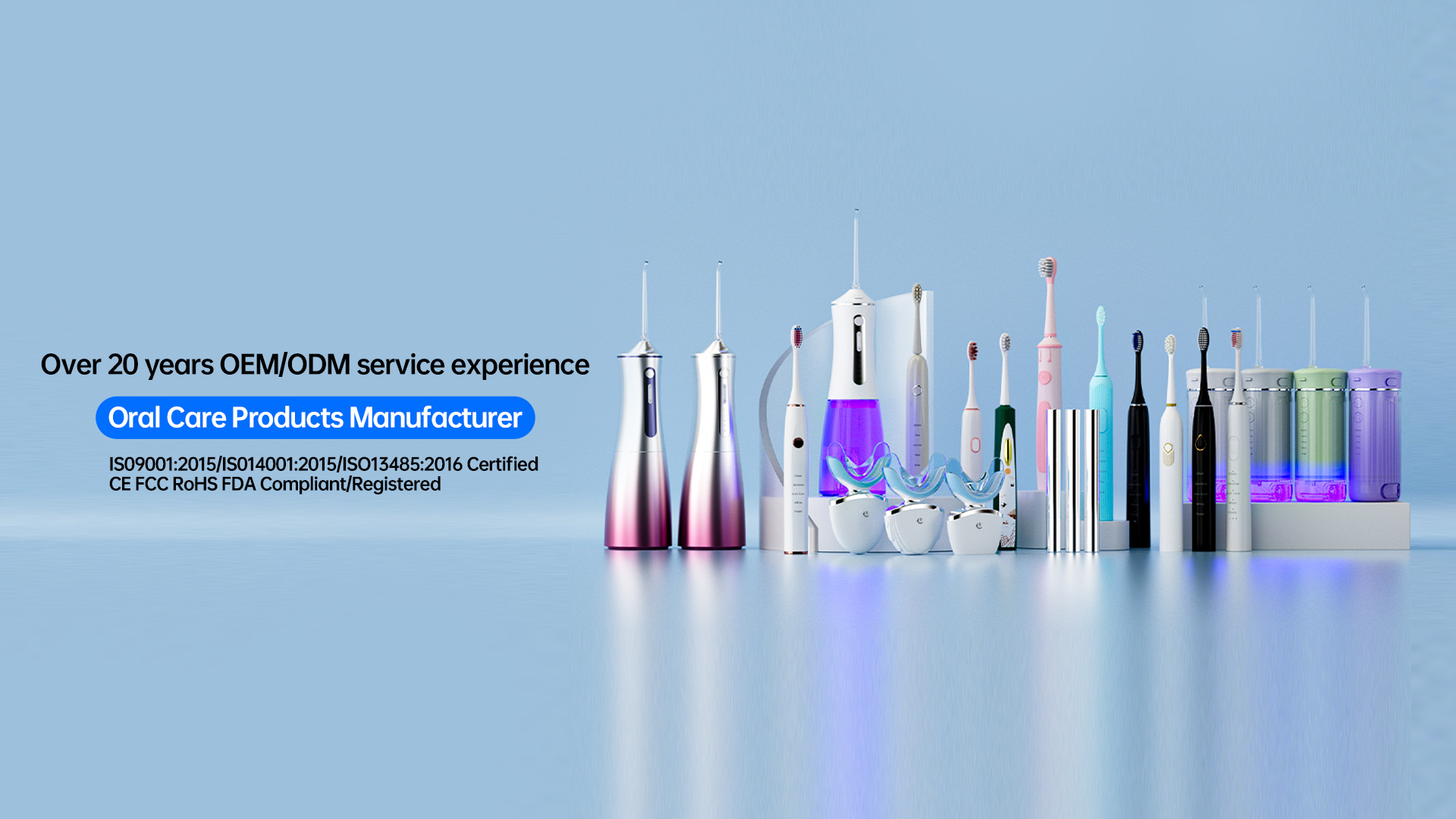
Ultrasonic electric toothbrush

How can the sonic whitening mode safely and effectively remove surface stains?
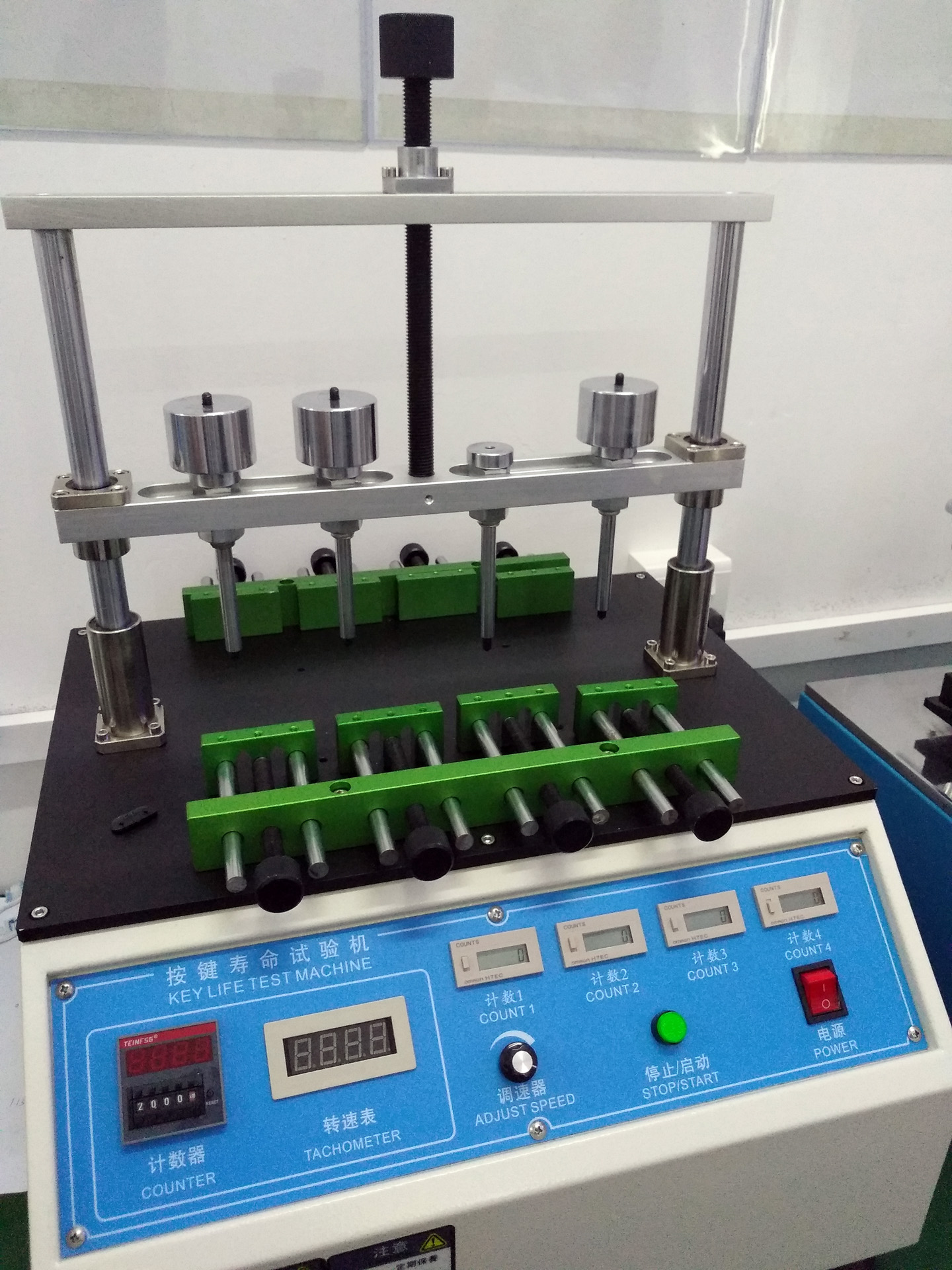
Application of Water Transfer Printing and Thermal Transfer Printing on Electric Toothbrush Shell: 3D Texture and Wear Resistance Test
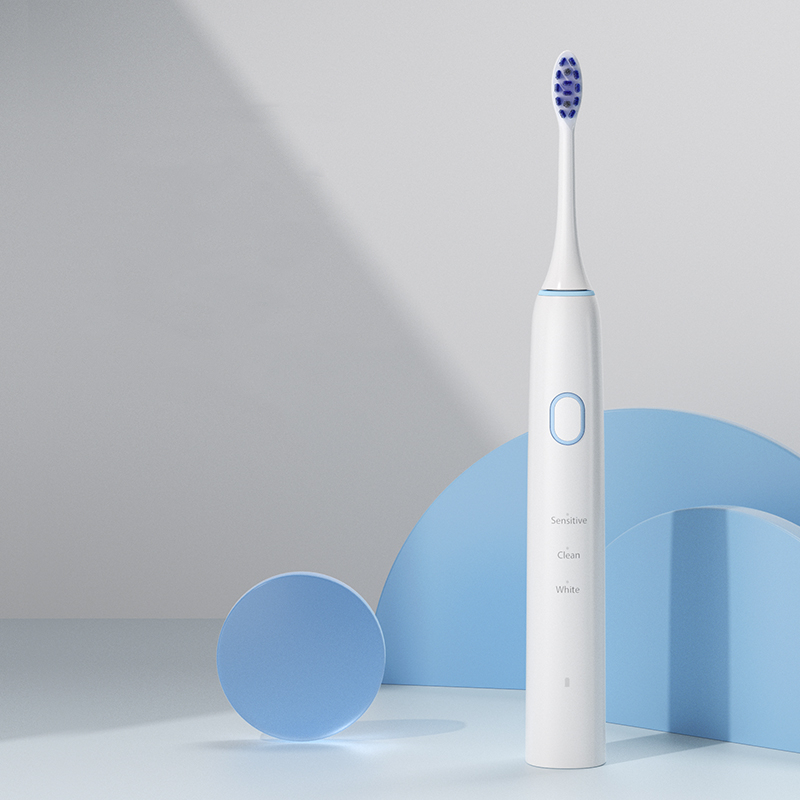
Electric Toothbrush for Students: Budget-Friendly OEM Options

Comparison Between UV Spraying and PU Spraying for Electric Toothbrushes: Matte, Anti-Slip, and Environmental Protection Performance Analysis
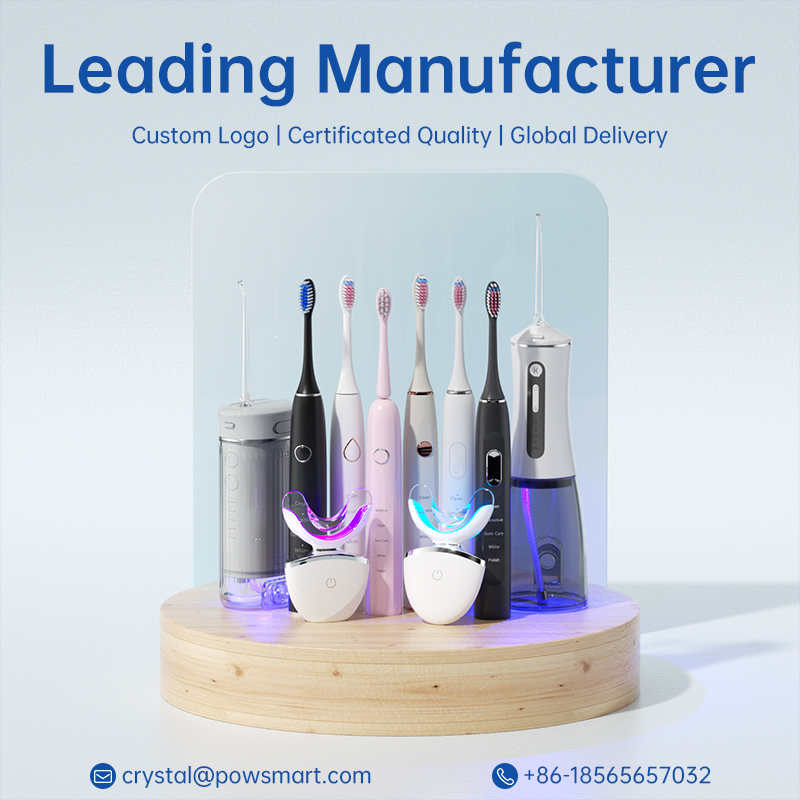
AI Powered Toothbrush: Next-Generation OEM Technology
Split Bristles Linked to Enamel Cracks? 90% of Users Ignore This Danger!
Travel Electric Toothbrush | Portable Oral Care
-2-scaled.png)
Small Business – Health & Household Oral Care Products
.jpg)
Customization Guide for UVC Sterilization of Water Flossers: Scientific Matching of Wavelength, Irradiation Time and Waterproof Design
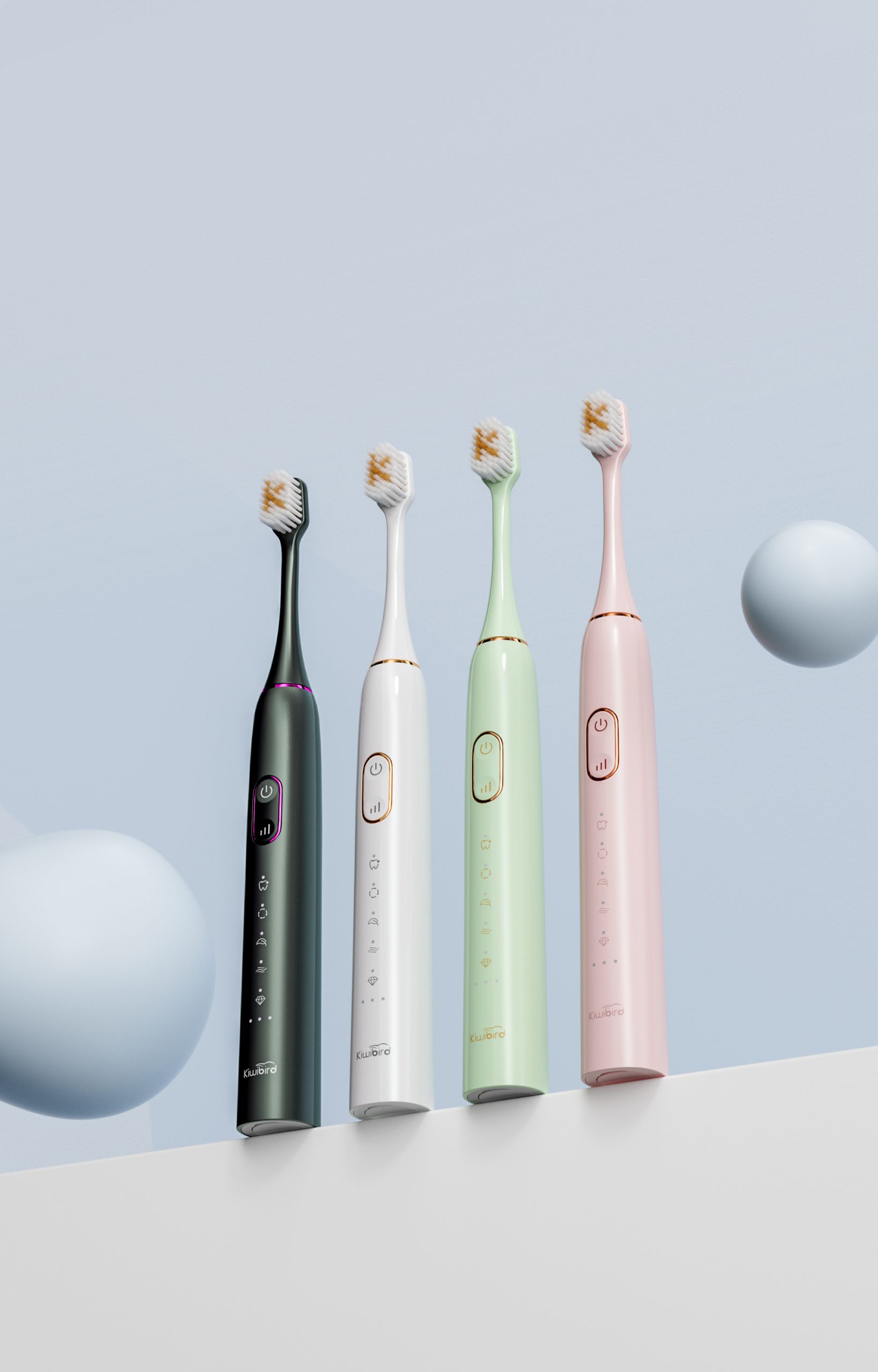
What’s Driving the Oral Care Category Now?

Electric Toothbrush Laser Engraving LOGO Process: How to Set the Depth, Speed and Power Parameters?
.jpg)
How an Oscillating-Rotating electric toothbrush removes plaque more efficiently
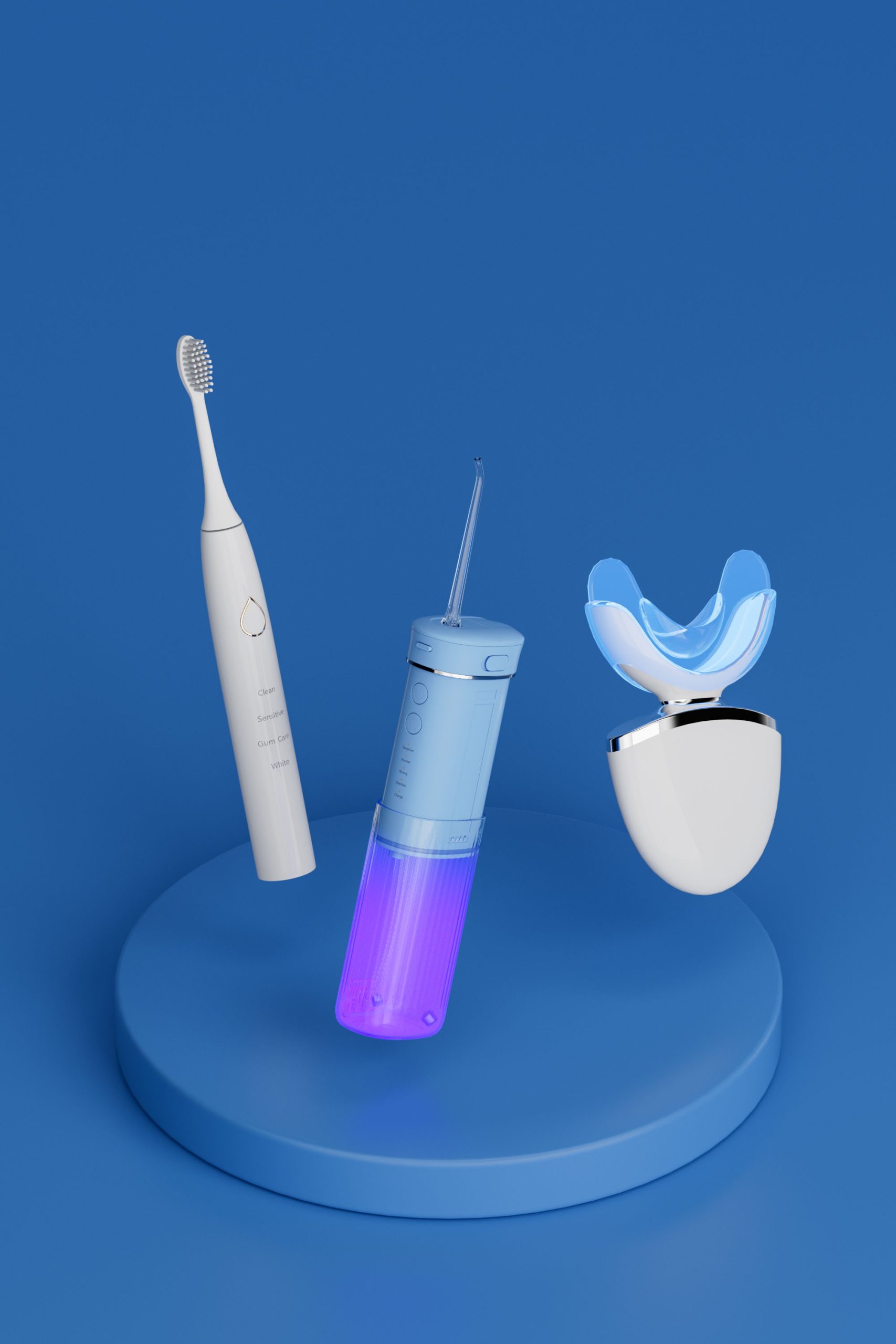
Smart Home Health Devices: Connected Toothbrush OEM Solutions

electric toothbrush heads Regular Clean

Electric toothbrush heads Charcoal Infused-Diamond

electric toothbrush heads Ultra Soft
.jpg)
Florida Electric Toothbrush – Powsmart PTR-C8

Private Label Whitening Gel

electric toothbrush heads Charcoal Infuse-Round

electric toothbrush heads Deep Clean

Customization Teeth Whitening Gel